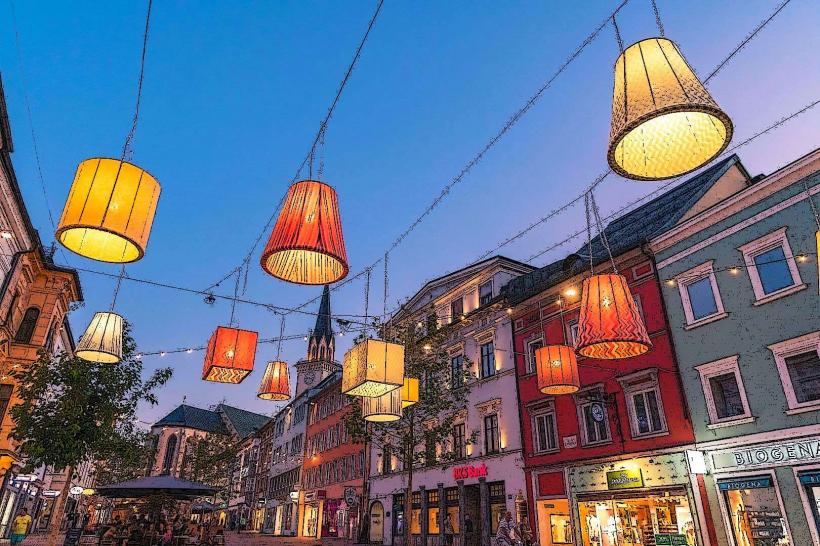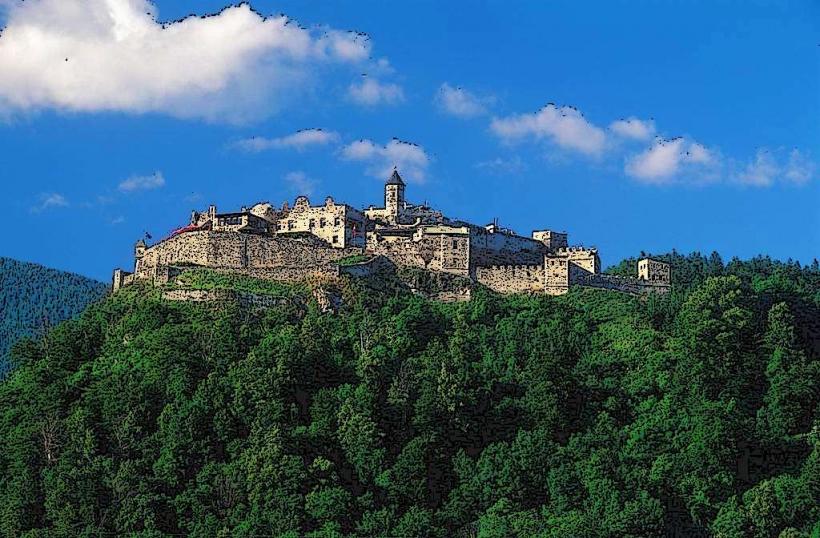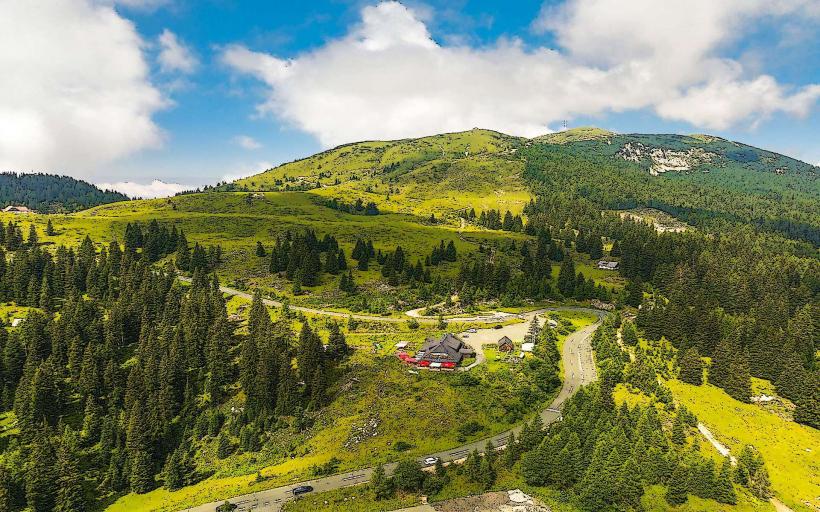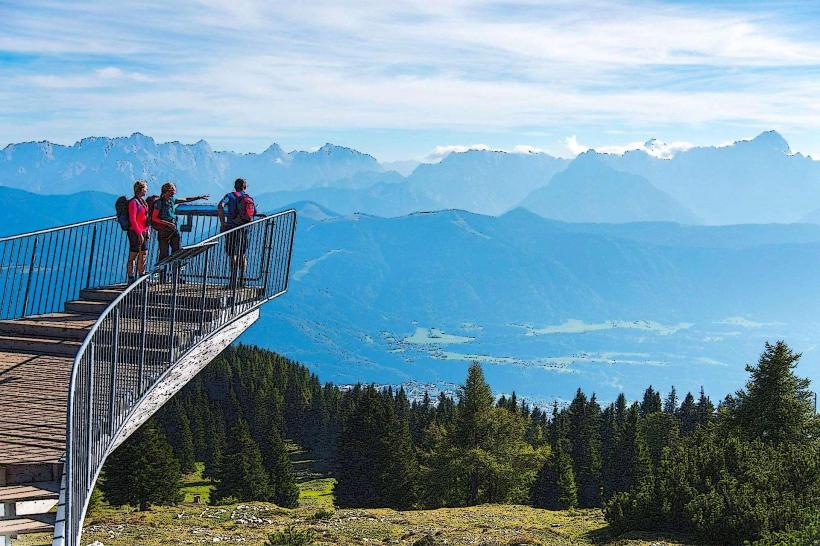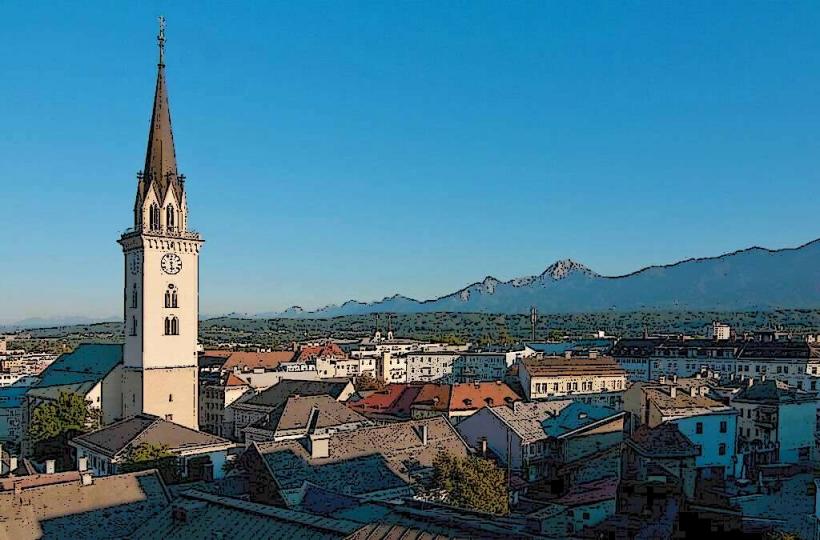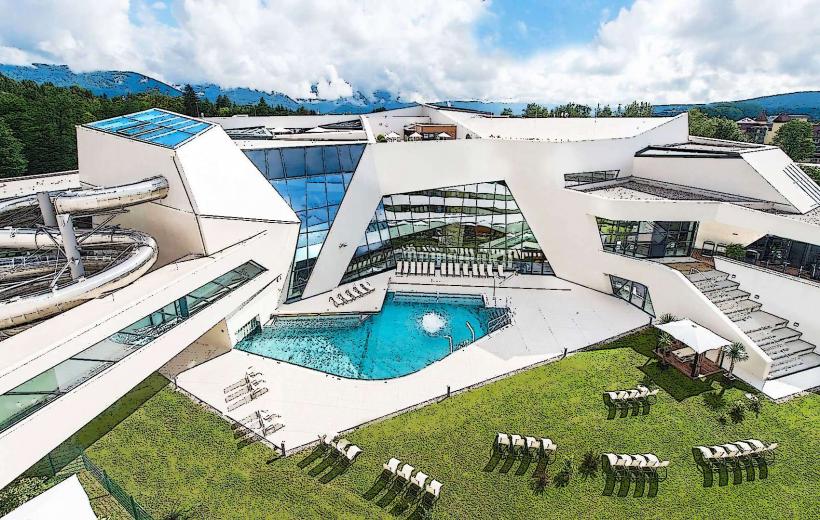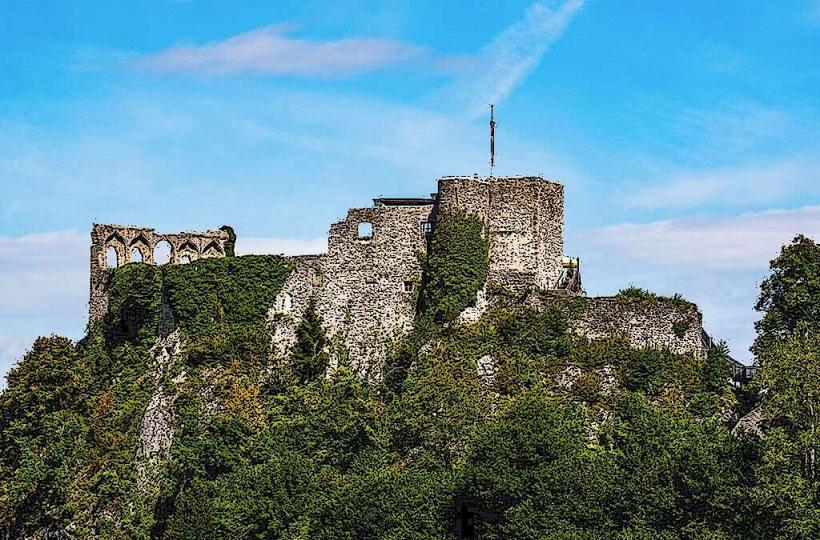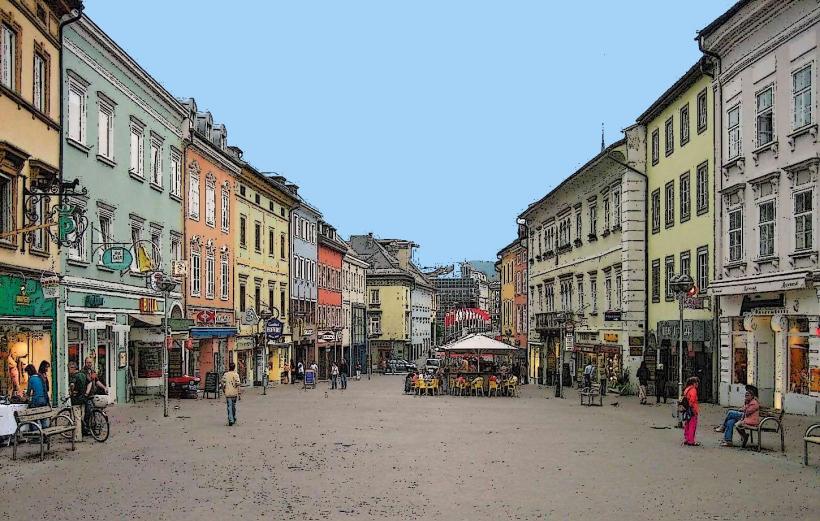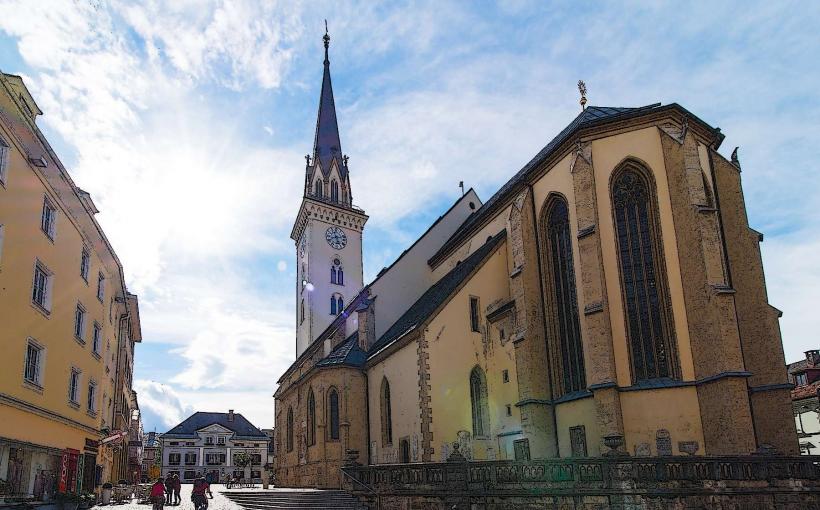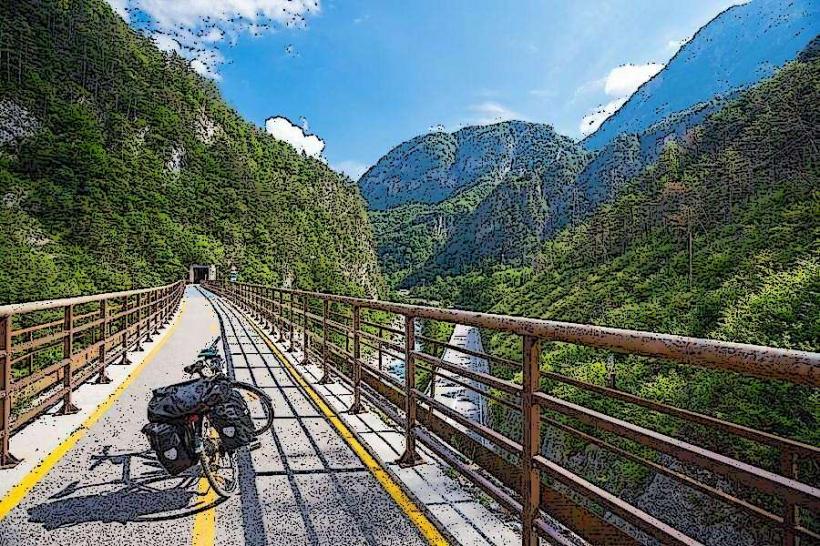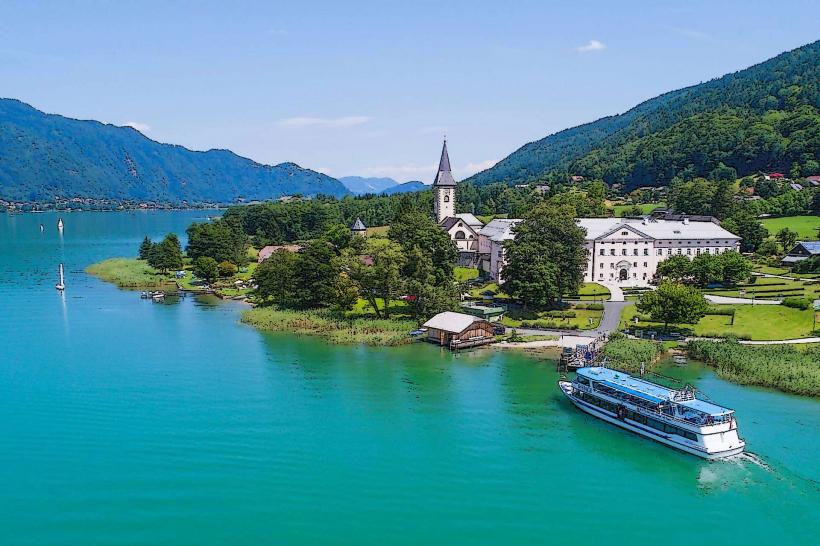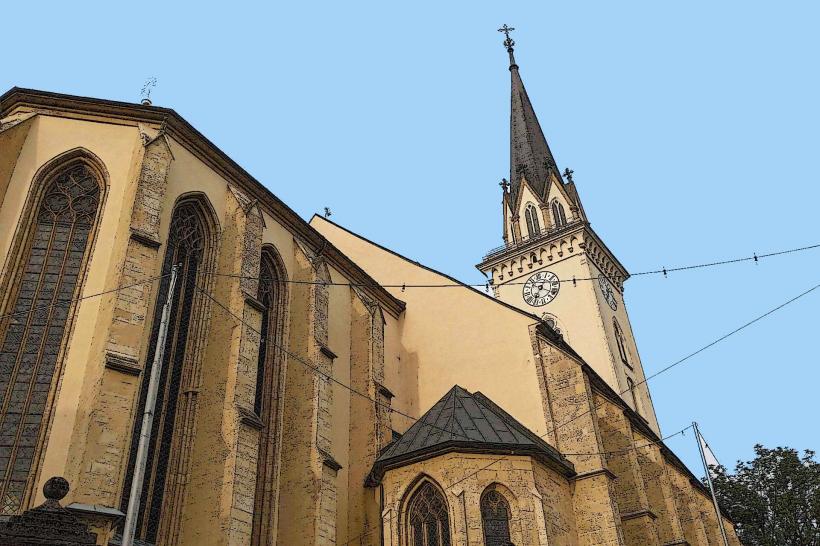Information
Landmark: Museum of VillachCity: Villach
Country: Austria
Continent: Europe
The Museum of Villach (German: Stadtmuseum Villach) is a cultural institution dedicated to the history, art, and culture of Villach and the surrounding region of Carinthia. Located in the heart of the town, the museum offers visitors a deep dive into the rich heritage of Villach, from its medieval origins to its modern-day developments.
Overview of the Museum of Villach
1. Historical Background
The Museum of Villach was established to preserve and present the history of the town, which has a history that spans over a thousand years. The museum is housed in a historic building, which itself is an important part of Villach’s architectural heritage.
Building: The museum is located in a former convent of the Franciscan Order, with its origins dating back to the 14th century. The building has undergone several transformations over the centuries, and parts of the structure reflect its medieval and Baroque heritage.
Foundation: The museum was founded in the early 20th century, with the goal of creating a repository for the town’s archaeological, historical, and artistic collections. It has since grown to become one of the most significant museums in Carinthia.
2. Exhibitions and Collections
The Museum of Villach features a wide range of exhibitions that cover various aspects of Villach’s past, from prehistory to modern times. The museum’s permanent and temporary exhibits are divided into different sections, each focusing on a specific period or theme.
Prehistoric and Roman Antiquities: The museum showcases artifacts from the prehistoric and Roman periods, reflecting the region’s early history. This section includes tools, pottery, and remains from settlements that date back thousands of years. Items from the Roman Empire, which had a significant presence in the region, are also on display.
Medieval and Early Modern Villach: A large section of the museum is dedicated to the town’s medieval history, including archaeological finds from the Middle Ages. Visitors can explore Villach’s role as a medieval market town and its development throughout the Renaissance and Baroque periods. This includes historical maps, manuscripts, and relics of daily life from the period.
Art and Culture: The museum also has a strong focus on the art and culture of Villach, particularly from the Baroque and 19th-century periods. Exhibits feature works by local artists, including paintings, sculptures, and prints that reflect Villach’s artistic heritage.
Town History and Development: Visitors can explore the evolution of Villach itself, from a small medieval settlement to a modern town. This section includes models of the town, historical documents, and photographs that show how the city has changed over the centuries. It also explores key historical events that shaped Villach, such as the Austrian Empire, World War I, and World War II.
Temporary Exhibitions: The Museum of Villach frequently hosts temporary exhibitions, which focus on various aspects of local history, art, and contemporary issues. These rotating exhibitions provide fresh perspectives on the region’s cultural landscape.
3. Special Collections and Artifacts
The museum’s collection is diverse, and some of the most interesting and unique artifacts include:
Medieval Artifacts: The museum houses a variety of medieval items, such as coins, tools, and weaponry that were used in Villach and the surrounding region during the Middle Ages. Some of these items provide a glimpse into the everyday life of the townspeople as well as the military history of the area.
Baroque Art: The museum contains a significant collection of Baroque religious art, including altarpieces, paintings, and wooden sculptures from the 17th and 18th centuries. These works reflect the town’s strong Catholic heritage during the Baroque period.
Post-World War II Era: The museum also holds a collection of artifacts and documents from the post-World War II era, showcasing the reconstruction and modern development of Villach in the 20th century. This includes architectural plans, photographs, and historical accounts of the town’s recovery after the war.
4. Educational and Cultural Programs
The Museum of Villach offers a variety of educational programs and cultural events designed to engage both local residents and tourists. These programs aim to make history accessible and enjoyable for people of all ages.
Guided Tours: The museum provides guided tours for visitors, which offer deeper insights into the exhibits and the history of the town. These tours are available in multiple languages, making it easy for international visitors to learn about Villach’s history.
Workshops and Events: Throughout the year, the museum organizes workshops and lectures that focus on different aspects of local history, art, and culture. These events are designed to foster a deeper understanding of Villach’s heritage and encourage community participation.
Educational Programs for Schools: The museum offers special educational programs for students of all ages, including school tours and workshops that are tailored to different grade levels. These programs help students learn about the history of their town in an interactive and engaging way.
Temporary Exhibitions and Cultural Events: In addition to permanent exhibitions, the museum hosts a variety of temporary exhibits and cultural events, including art shows, film screenings, and music performances. These events contribute to Villach’s vibrant cultural scene and allow the museum to remain relevant to contemporary issues and artistic trends.
5. Visitor Experience
The Museum of Villach provides a rich and informative experience for visitors. With its comprehensive collections, engaging exhibits, and educational programs, the museum offers a deep dive into the history and culture of the region.
Museum Shop: The museum has a shop that sells books, souvenirs, and artworks related to the exhibits. It’s a great place to pick up a memento of your visit or to find a book on the history of Villach and Carinthia.
Accessibility: The museum is centrally located, making it easily accessible to visitors exploring the town. It is also designed to be accessible to people with disabilities, with ramps and elevators available to ensure all visitors can enjoy the exhibits.
Location: The museum is situated in the center of Villach, making it a convenient stop during a day of sightseeing. It is within walking distance of other important landmarks, such as the Villach Market Square, St. Jakob Church, and the Villach Town Hall.
Conclusion
The Museum of Villach offers a fascinating look at the town's history and cultural heritage, from its ancient origins to its modern-day identity. With its diverse collections, educational programs, and engaging exhibitions, the museum is an essential stop for anyone interested in the rich cultural tapestry of Villach and Carinthia. Whether you’re a history buff, art lover, or simply curious about the region, the Museum of Villach provides a comprehensive and enriching experience.

